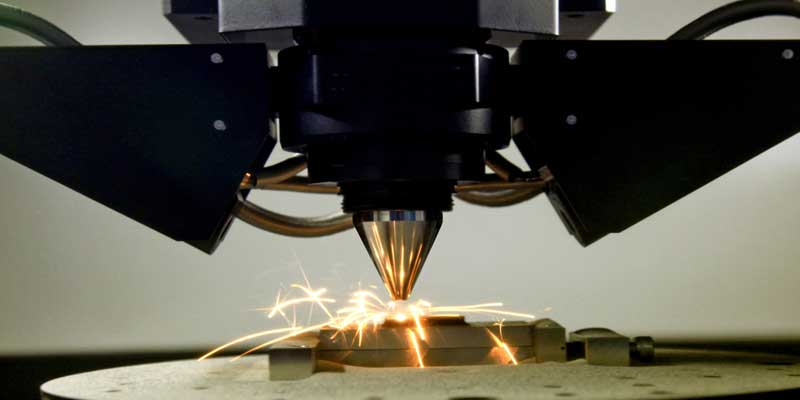Schedule a Call Back
Manufacturers are Driving Down Rising Energy Bills With Acoustic Imaging
 Articles
Articles- Oct 25,24
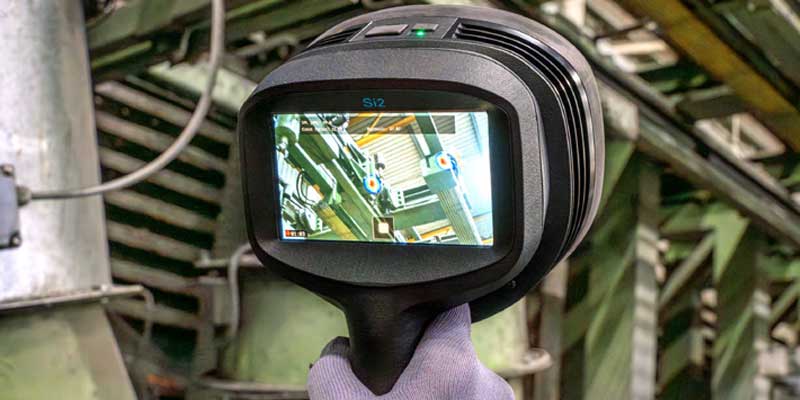
- Effortless one-hand operation: Improves operator safety and reduces potential neck strain.
- Superior sound detection with 124 microphones: Optimized dynamic range helps balance frequency capabilities with how far sound travels (you want your detectors to use the lowest frequencies possible to get the farthest distance).
- Enterprise scalability: Fleet management, cloud data integration, and OTA software updates ensures optimal use in large-scale industrial settings.
- Machine learning capabilities: Allows Si-Series cameras to distinguish sound patterns created by leaks from background noise.
Related Stories
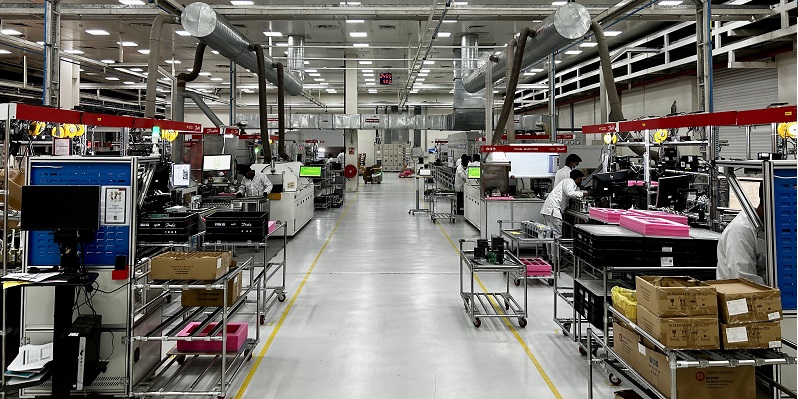
Danfoss India plans to accelerate localisation of HVACR compressors and controls
The decision to invest in ramping up local manufacturing capabilities in India will help minimise the company’s dependency on imports for the Indian market.
Read more
"Elgi Equipments sees growth in vacuum technology market."
In this interview with Rakesh Rao, Dr Jairam Varadaraj, Managing Director, and Anvar Jay Varadaraj, Chief Operating Officer, of Elgi Equipments Ltd, elaborate on the company’s future plans and ind..
Read more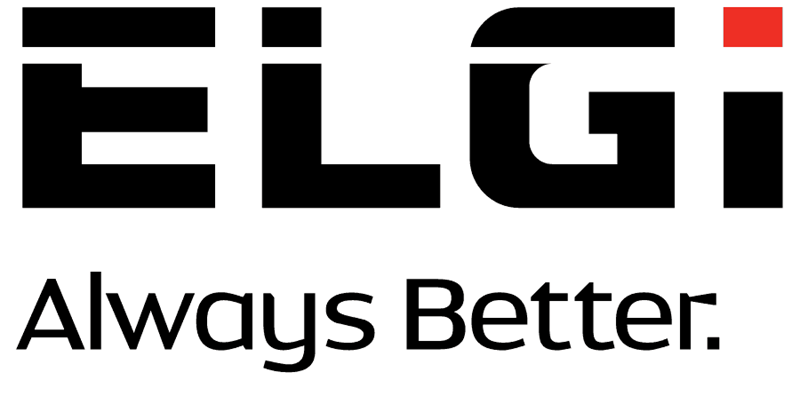
Elgi Equipments releases Q4 FY24-25 results
The company, on a consolidated basis posted a PAT of Rs 947 million for the quarter, compared to a PAT of Rs 913 million in the same period in 2023-2024, representing a growth of 4%.
Read moreRelated Products
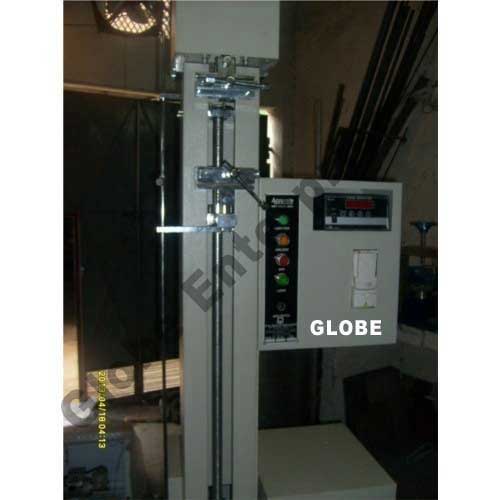
Tensile Strength Tester
Globe Enterprises offers a wide range of tensile strength tester.
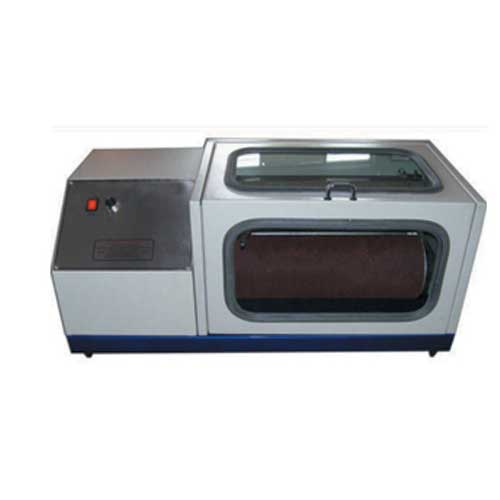
Din Abrasion Tester
Asian
Test Equipments offers a wide range of DIN abrasion
tester.

Frequency Invertor
Pro-Med Instruments (P) Ltd offers a wide range of frequency invertor - SJ200 series.




